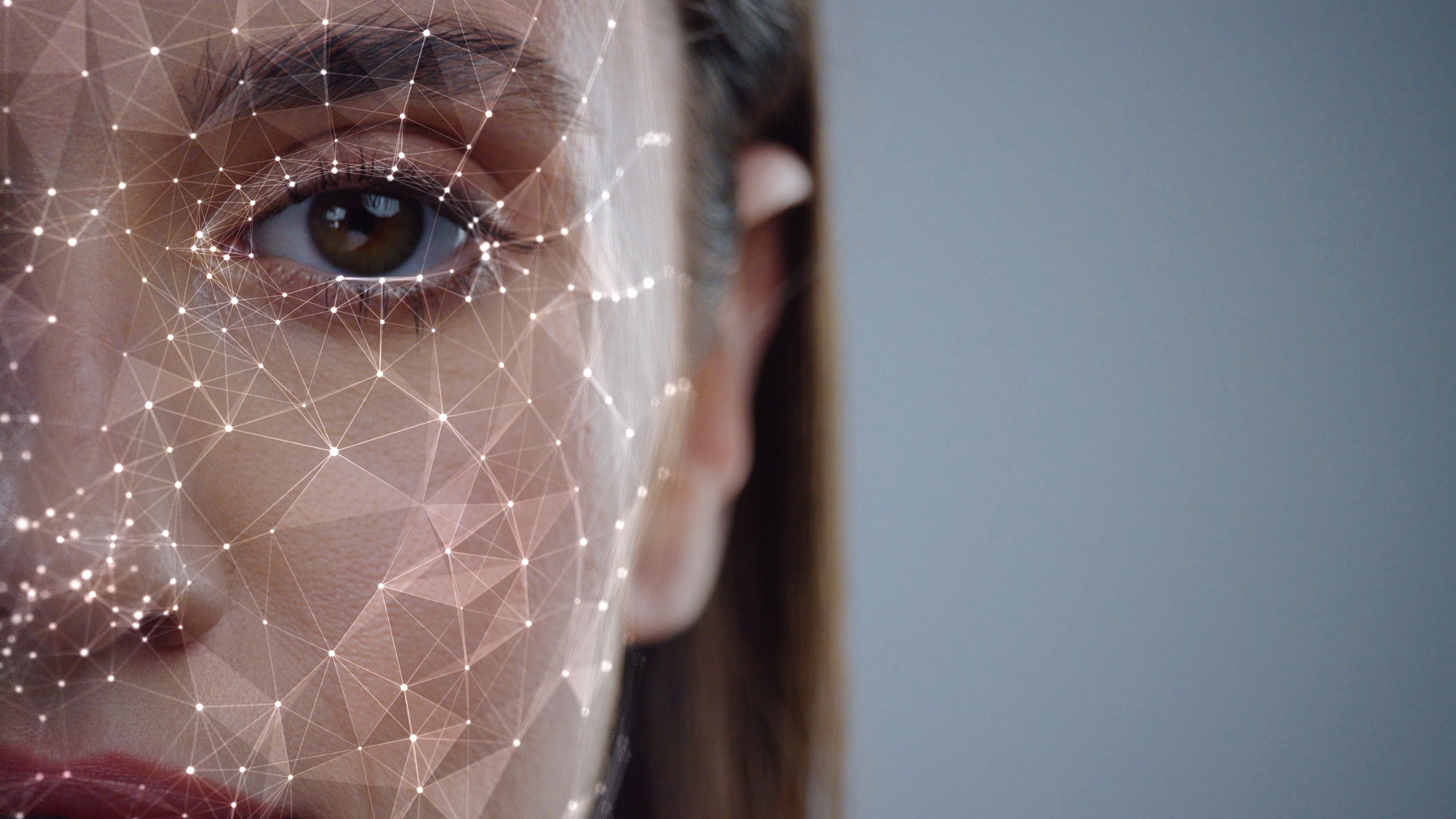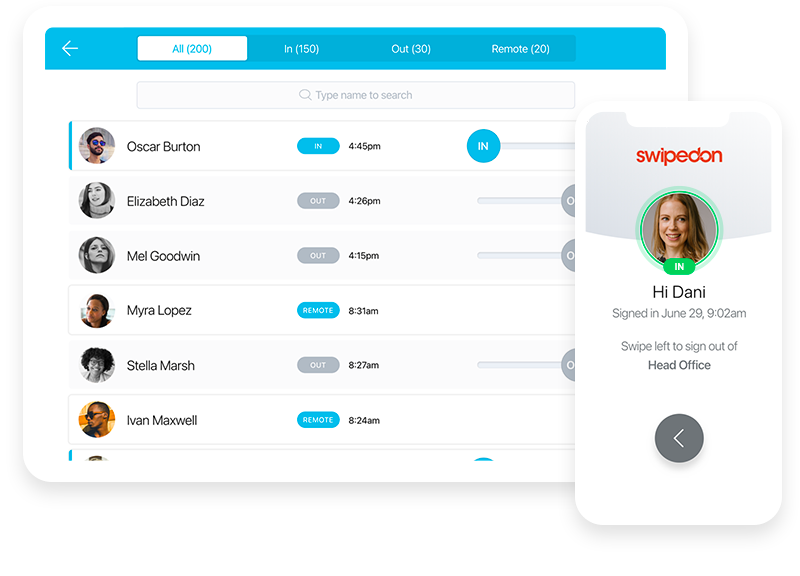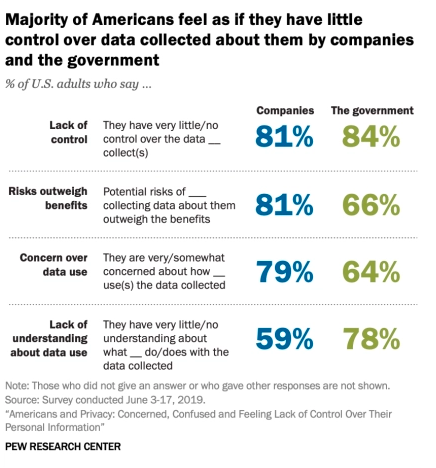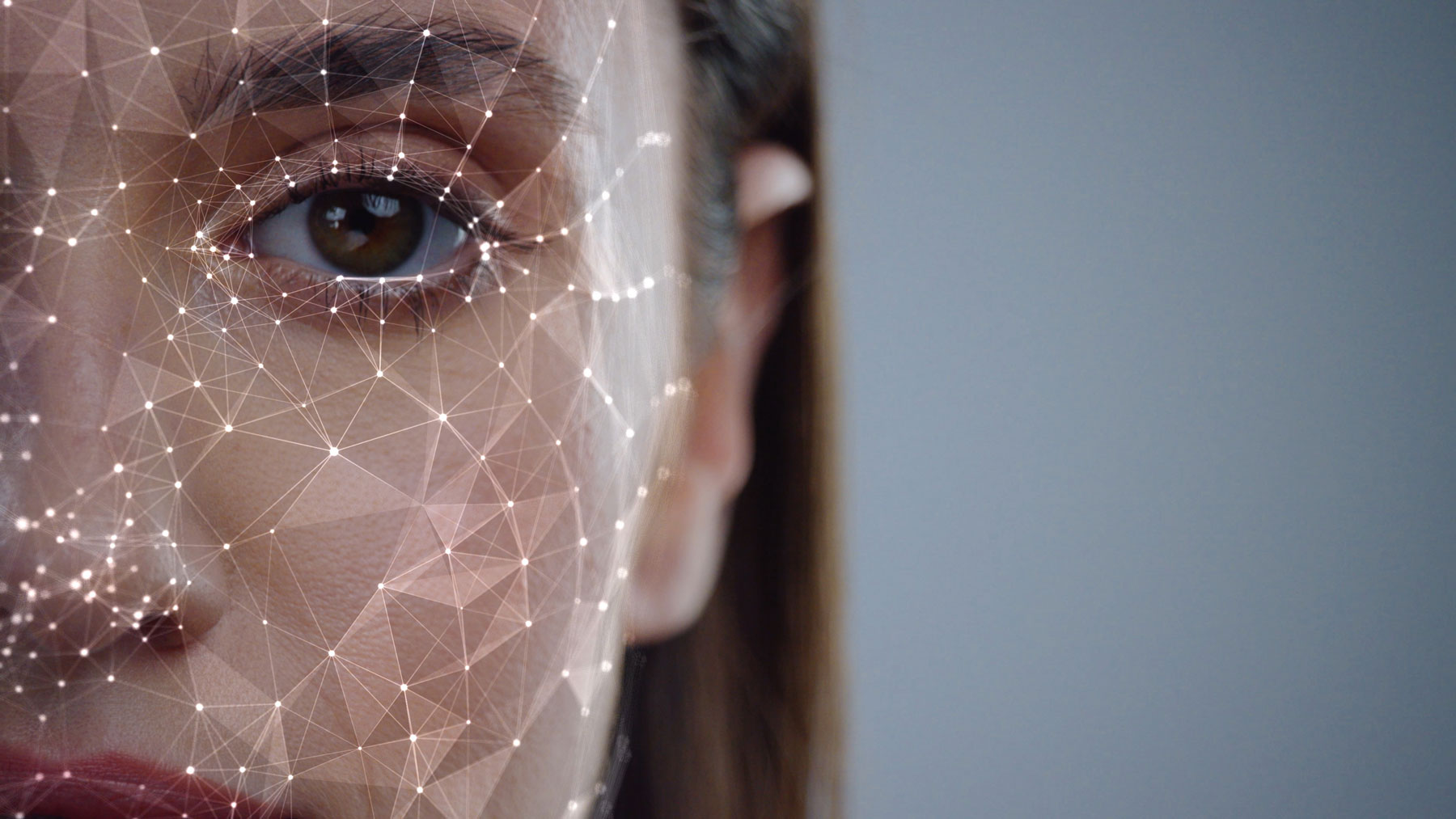5 Considerations for Using Biometrics in Your Business

Even before the COVID-19 pandemic, many workplaces were already implementing a variety of technologies to become truly ‘smart’ offices. There are a number of various innovations available to streamline business operations, and utilizing biometrics is one of them.
Since the pandemic, the adoption of such innovative technologies has only increased, and highlighted how extensive the push in this direction has become and as contactless practices continue to be a core element in preventing the spread of COVID-19, we can only expect to see the use of biometrics keep growing.
Broadly speaking, biometrics refers to biological measurements or physical characteristics that can be used to identify individuals. Most commonly these are things such as fingerprints, facial mapping and retina scans.
According to statistics cited by SHRM, in 2018, 62% of respondents in a survey said their company was using this technology. While biometrics are often associated with high-security workplaces and industries like healthcare, we can expect to see them have a growing presence in both startups and larger enterprises.
When implementing biometrics, companies need to consider several implications. Below are five critical considerations for using biometrics for reception sign in, and elsewhere in the office.
Health and Wellness
When COVID-19 began to spread, one of the primary recommendations for many state and local governments was to limit physical contact with both people and surfaces.
In April 2020, research by Edge Hill Consulting revealed that 54% of survey participants in the U.S. were worried about being exposed to the virus at their job. Although contactless operations have become more common in the many months since then, it will take time for many people to be comfortable touching shared surfaces again.
This is a big issue for biometrics implementation since recording fingerprints requires having employees and visitors touch the same scanner. Using contactless sign in software instead could help to alleviate this risk, perhaps complemented by facial recognition or other non-contact biometric solution.
Convenience
According to Boundless, recording biometrics can take between 15 and 20 minutes per person. This may result in increased wait times because businesses may not have the capacity to process everyone at once.
Bearing this in mind, it’s important to streamline the process, ensuring that the equipment is available and that you can handle the number of visitors needing to use this service on any given day. One way to help manage resources better is by booking appointment slots for staff and/or visitors to sign in.
Using a digital in out board can help front desk staff have real-time visibility over team members' movements to ensure that they don’t overestimate their capacity.

Security
Recording biometrics can significantly help to improve workspace security. However, it’s also important to consider data security when you’re trusted with personal information of this nature.
Some visitors and employees might need convincing. In 2019, Pew Research Center discovered that 81% of Americans surveyed said that the risks of companies collecting personal information outweigh the benefits.

In the same research, 79% were worried about how companies would use any data they collected. Based on these statistics, we can see it’s critical to be transparent around how you use and delete biometric information when it’s no longer needed.
It’s also important that companies show how they will protect biometrics to prevent the data from falling into the wrong hands and there should always be an emergency action plan in place in case of a breach.
Type of Biometrics
Most people will know that biometrics means fingerprint scanning. However, this is not the only biometric data being used. Other kinds include:
- Facial recognition
- Voice recognition
- Iris recognition

Here are four factors to consider when deciding on the type of biometrics best for your business:
Accuracy
Biometric data recorded for smart workplaces must be accurate. This might mean that records need to be updated regularly, especially if you’re considering doing facial recognition.
Cost
Price is a significant factor to consider when recording biometrics. Costs vary; while fingerprint scanning might not be expensive, iris scanning is typically a lot pricier.
When considering biometrics, it’s essential to evaluate the level of security needed. In many cases, businesses will find that they can actually achieve reliable and cost-effective results using a contactless visitor management system.
Compatibility
It’s crucial to ensure that the standard of biometrics used is accepted across all regions where they operate. This is a little complicated because it varies from country to country.
The best way to ensure that recorded biometrics are accepted across the board is by using integrated technology that automatically complies with local regulations and carefully considering the technology’s ability to scale across various locations before investing in any solution.
Accessibility
You need to make sure that the biometric technology used is accessible to visitors in all their offices.
It’s also noteworthy that offering one form of biometrics might not be enough. While some visitors and employees will be willing to have their faces scanned, others might only allow front desk staff to scan their fingerprints.
If a visitor does not want to have their biometrics taken, it’s important to have other effective solutions such as digital sign in systems and visitor screening platforms in place.
Privacy
Data privacy is a crucial consideration for customers, and also for regulatory purposes.
Companies operating within the European Economic Area (EEA) must adhere to the General Data Protection Regulation (GDPR). Similarly, businesses serving Californian customers must comply with the Californian Consumer Privacy Act (CCPA).
With the GDPR, the financial implications of non-compliance are massive. In 2019, for example, Google was fined $57 million for not complying with the regulation in the French market. Even businesses are liable to pay millions of Euros, depending on the severity of the breaches.
Deciding to Use Biometrics Requires Consideration
Biometrics can help improve office security and simplify sign-in processes. However, companies of all sizes need to think carefully before implementing these systems across their workspaces.
Privacy is a fundamental and critical consideration. The implications of non-compliance and data misuse could lead to considerable financial penalties, lost business, and a damaged industry reputation.
Accessibility and the choice of technologies companies use are also important factors to consider.



-929560-edited-003563-edited.jpg)





 Germany - Deutsch
Germany - Deutsch